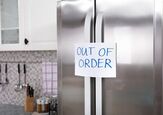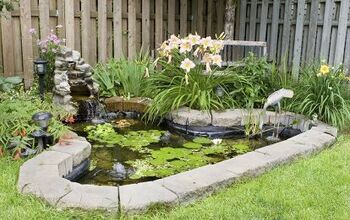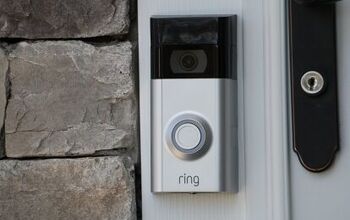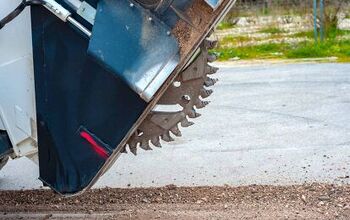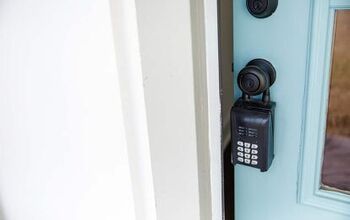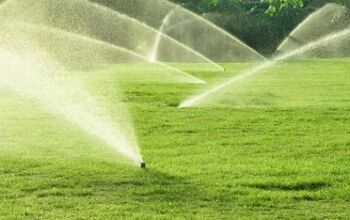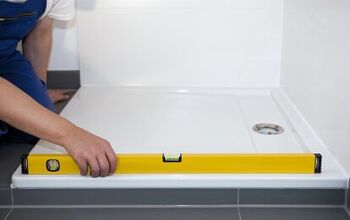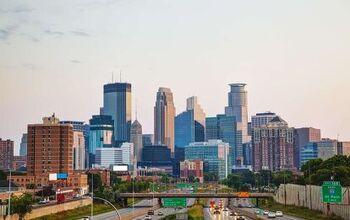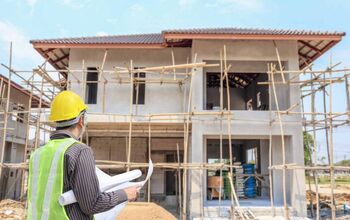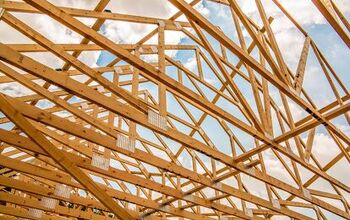How To Build A Backyard Skatepark

Going to skateparks and your favorite street spots is plenty of fun. However, it gets exhausting once you get older and want to be alone when you skate. You’re not alone if you wonder how to build a backyard skatepark on a budget.
Contact a contractor to get a quote and put a concrete slab in your backyard. From there, you can build a street-style park section with stairs, rails, manual pads, and more. Otherwise, you can forego concrete and install a wooden mini ramp. Keep in mind you must obtain a permit to build a backyard mini ramp in most counties.
The sky is the limit, as seasoned skaters know that you can perform tricks on nearly any obstacle. You don’t need to hire help if you get a hold of lumber and metal. Follow along as we explore how to build a backyard skatepark.
Seven DIY Backyard Skatepark Tips
Before building a backyard skatepark, you must think about what resources you have at your disposal. For example, you’re already halfway there if you have a concrete slab in your backyard or driveway. Otherwise, you must think about whether or not you’re willing to pour concrete to start a good base for your DIY park.
It can be intimidating at first, and that’s why we put together a list of DIY backyard skatepark tips for any budget.
1. Research Local Regulations
Naturally, you can’t build additions to your home without a permit. However, the rules and regulations regarding renovation permits vary between cities, counties, and states. Keep in mind that you must get a permit if you plan to pour concrete and build structures in your backyard.
The good news is that this isn’t necessary for some homeowners, especially if you want to keep your DIY skatepark simple. For example, construction is unnecessary if you have a concrete slab and want to set up ramps and rails. Get realistic about your backyard skatepark goals and do your due diligence regarding permits.
2. Pick A Location
You must pick a location for your DIY skatepark before contacting a contractor. Keep in mind that skateboarding is dangerous in many ways. Not only can you get hurt, but your skateboard can fly into your neighbor’s yard when you wipe out.
That’s why it’s a bad idea to place your backyard skatepark right beside a fence you share with your neighbor. The last thing you want is for your neighbor to get angry that you broke their window when your skateboard flew into their yard. Ideally, you should centralize your DIY skatepark in your yard if you plan to install a ramp.
This is much less of an issue if you only plan to build a street park, as high-flying tricks aren’t involved. In that case, you can put your skatepark anywhere. Even still, you must consider your neighbors and try to avoid making too much noise.
3. Contact A Contractor
Concrete is the key to any good backyard skatepark. That’s why it’s a great idea to call a contractor and get a quote for pouring concrete. You can expect to spend between $4 and $16 per square foot to put a concrete slab in your backyard.
However, costs vary based on your location, materials, and the cost of labor. It typically costs $1,300 to $3,600 to pour a 15’ x 15’ concrete slab after labor costs. This is enough space for a small skatepark with a manual pad, rails, and small ramps.
Some people have higher budgets, need more space, and want a 30’ x 30’ concrete slab. That will cost closer to $3,600 to $15,000 after permits, materials, and labor. Consider your budget and how much space you need before contacting a contractor.
4. Install A Mini Ramp
Some people prefer transition skating over street skating, and that’s understandable. In that case, you may not even want to spend money on pouring concrete. Luckily, you can easily build or find a mini ramp for your backyard without spending a fortune.
Mini ramps refer to ramps that stand under 6’ tall and typically measure 8’ to 16’ wide. They are often made of wood and feature metal coping edges at the top for grinding. Unfortunately, you must obtain a permit to build and install a mini ramp in your backyard.
However, you don’t need a permit if the ramp stands shorter than 3’ tall, which is rare. Installing a mini ramp costs up to $2,700 unless you forego professional help and take it on as a DIY project. In that case, you must only pay for the cost of materials.
5. Design A Street Section
Whether you have a concrete slab or have recently poured one, you can now design a street skating section in your backyard. This is where the fun comes in as the sky is the limit when it comes to street-style parks. That’s because every skater has preferences, such as ledges, manual pads, stairs, and rails.
Today, you can easily find mobile flat bars and slanted rails for backyard skateparks. They cost as little as $45 to $80 but increase in price based on shape and dimensions. You can also find combination pieces that feature a launch ramp leading to a rail for roughly $600.
Part of the fun of backyard street skating parks is that you can use almost anything. After all, street skaters make the most of what they find in their neighborhoods. Feel free to use extra lumber and metal scraps to build rails, hips, bumps, and ramps at home.
6. Set Up A Manny Pad
Manual pads, also known as manny pads, are fixtures at nearly every skatepark. They’re also among the easiest DIY skatepark obstacles to build without spending much money. You can easily build a manual pad out of 2’ x 4’s and some plywood.
Simply build a sturdy frame with solid planks and cut a sheet of plywood to lay on top. Performing manuals on plywood is quite easy, and you can also grind the pad. While they’re meant for performing manuals, you can also grind and perform flip tricks.
7. Consider The Noise Curfew
Nothing beats the luxury of skateboarding in your backyard. However, your neighbors won’t feel the same way if you pop ollies and grind rails late into the night. That’s why you must consider the local noise curfew to avoid making enemies with your neighbors.
Otherwise, you may create a tense situation where your neighbors call the police with noise complaints. You don’t need a noise permit to skate at home, but you must follow the curfew rules. Many municipalities enforce a noise curfew of 10:00 PM or 11:00 PM.
Failure to comply can result in fines, penalties, and even legal charges. Disturbing the peace is a serious criminal offense that can even carry jail time. Research your local noise curfew to avoid trouble, so you can enjoy your backyard skatepark without worries.
Summing It Up
Check to see if you need a permit before you build your backyard skatepark to avoid fines. Choose whether you want to pour concrete for a street-style park or install a mini ramp instead. You can also set up manual pads, rails, and launch ramps using scraps of wood and metal without spending much money.
Related Guides:

Nick Durante is a professional writer with a primary focus on home improvement. When he is not writing about home improvement or taking on projects around the house, he likes to read and create art. He is always looking towards the newest trends in home improvement.
More by Nick Durante


